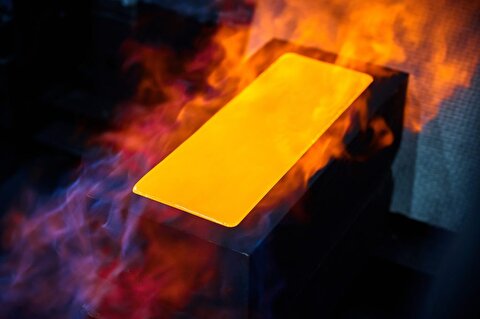
Analysis: Uncertainty clouds Saudi OSP expectations after DME Oman rally
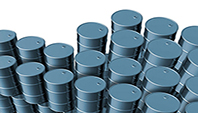

Traders and end-users polled by Platts indicated that the producer would likely hike the price of Arab Light to Asia by around 90 cents/b from the October OSP.
The Platts cash Dubai M1-M3 spread rose by 89 cents/b month on month, from an average of 51 cents/b in August, to $1.39/b over September. The spread is understood to be a component of Saudi's pricing methodology, and is used by crude traders as a barometer of spot market strength.
The 89 cents/b rise in 'structure' was considerably bullish, crude traders said. Fundamentally, they cited year-end Asian buying as the main demand-side factor behind a stronger market structure, firmer refining margins and the subsequent hike in OSPs.
On the supply front, concerns about replacement Iranian barrels after sanctions snapback remain a key price driver, they said.
Saudi Arabia is also expected to raise the OSPs for other grades to Asia, such as Arab Extra Light and Arab Medium, but traders were less willing to throw out a calculated estimate or a range, given the uncertainty. "No one knows, if they want, they can raise it by [a little or a lot]," added a crude trader.
THE OMAN FACTOR
"It [Oman] is a big uncertainty this time around," a market source said of the subject.
The uncharacteristic price volatility for Oman crude futures traded on the Dubai Mercantile Exchange last week, the latest component for Saudi Arabia's crude oil pricing formula, was the main reason behind the uncertainty, market sources said.
The November Oman futures contract experienced a sharp hike in its final week of trading, pushing its price up several percentage points, and causing widespread concern among traders of Middle East crude oil.
The DME Oman marker price at 4:30 pm Singapore time was set at $78.04/b on September 21. By the same time Wednesday, September 26, it had climbed 14% to $88.96/b, pushing past global crude benchmark ICE Brent in the process.
Last Friday, the marker eventually settled at $84.86/b on the last trading day of the month. This is a jump of 8.74% week on week, and a premium of $3.06/b to ICE Brent at the Singapore close.
The spike pushed the monthly average of the DME marker up by $1.83/b within the week, Platts data showed.
Such moves are considered significant and could result in higher than expected OSPs from Saudi Aramco.
Traders, sellers and buyers alike were very concerned on whether Aramco would incorporate the final week's price moves into its OSP for the month of November.
"If they [Aramco] do such a thing they will crash margins," the first crude oil trader said.
"It affects the OSP, hedging, market trading...everything," they added.
"People are not going to buy Aramco [crude] with that OSP," added a second trader.
OSP METHODOLOGY
Middle East oil producers such as Aramco issue official selling prices as differentials to regional benchmarks for the crude oil grades on a monthly basis.
Although exact formulae and methodology are kept under wraps, Aramco is largely understood to take into account the monthly change in the 'Dubai structure' i.e. the spread between the first three trading month of physical Dubai crude oil reported by Platts. The kingdom is understood to track the changes in this cash Dubai M1-M3 to gauge direction of the crude oil market in Asia.
Earlier this year, Aramco announced that it would change the OSP formula for its crude oil destined for Asia come October 1. It intends to replace the current pricing formula -- which is an average of Platts Dubai and Platts Oman assessments -- with the average &P Global Platts cash Dubai price assessment and the average monthly DME Oman crude futures price.


Column: EU’s pledge for $250 billion of US energy imports is delusional

Anglo American posts $1.9B loss, cuts dividend

BHP, Vale accused of ‘cheating’ UK law firm out of $1.7 billion in fees

Ramaco Resources secures five year permit for Brook rare earth mine in Wyoming
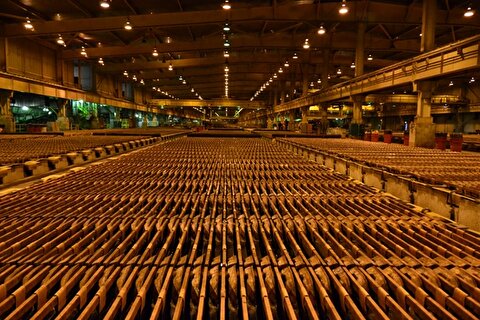
Southern Copper expects turmoil from US-China trade war to hit copper
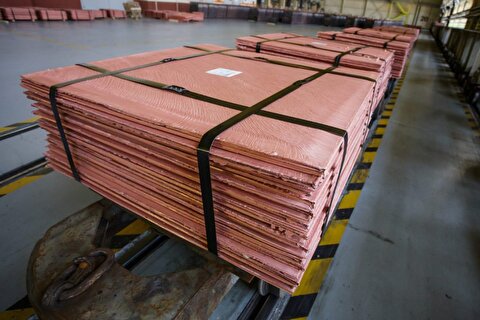
Trump tariff surprise triggers implosion of massive copper trade
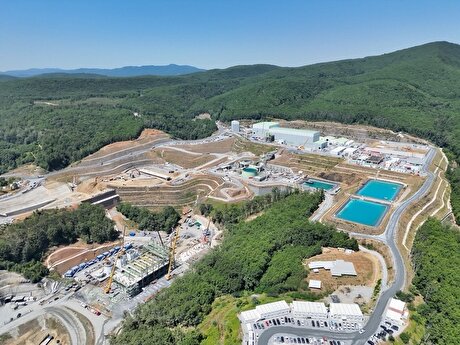
Eldorado to kick off $1B Skouries mine production in early 2026

St Augustine PFS confirms ‘world-class’ potential of Kingking project with $4.2B value

Newmont nets $100M payment related Akyem mine sale

Caterpillar sees US tariff hit of up to $1.5 billion this year
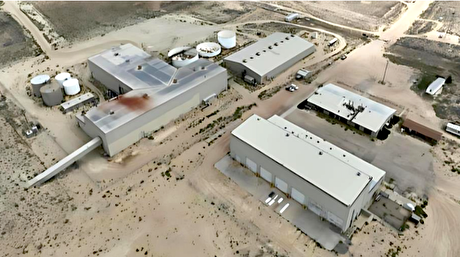
Uranium Energy’s Sweetwater plant on fast track for in-situ mining approval
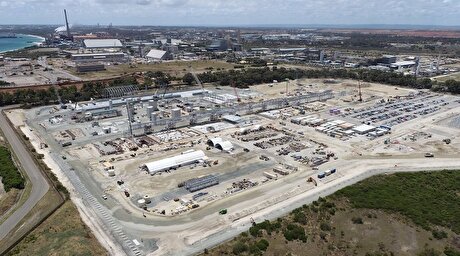
Tianqi Lithium Australia JV says it is prioritizing long-term viability of refinery

First Quantum scores $1B streaming deal with Royal Gold

One dead, five missing after collapse at Chile copper mine

Eldorado to kick off $1B Skouries mine production in early 2026

Newmont nets $100M payment related Akyem mine sale

Idaho Strategic rises on gold property acquisition from Hecla

Goldman told clients to go long copper a day before price plunge

Gold price rebounds nearly 2% on US payrolls data

Caterpillar sees US tariff hit of up to $1.5 billion this year

Uranium Energy’s Sweetwater plant on fast track for in-situ mining approval

Tianqi Lithium Australia JV says it is prioritizing long-term viability of refinery

First Quantum scores $1B streaming deal with Royal Gold

One dead, five missing after collapse at Chile copper mine

Eldorado to kick off $1B Skouries mine production in early 2026

Newmont nets $100M payment related Akyem mine sale

Idaho Strategic rises on gold property acquisition from Hecla

Goldman told clients to go long copper a day before price plunge














